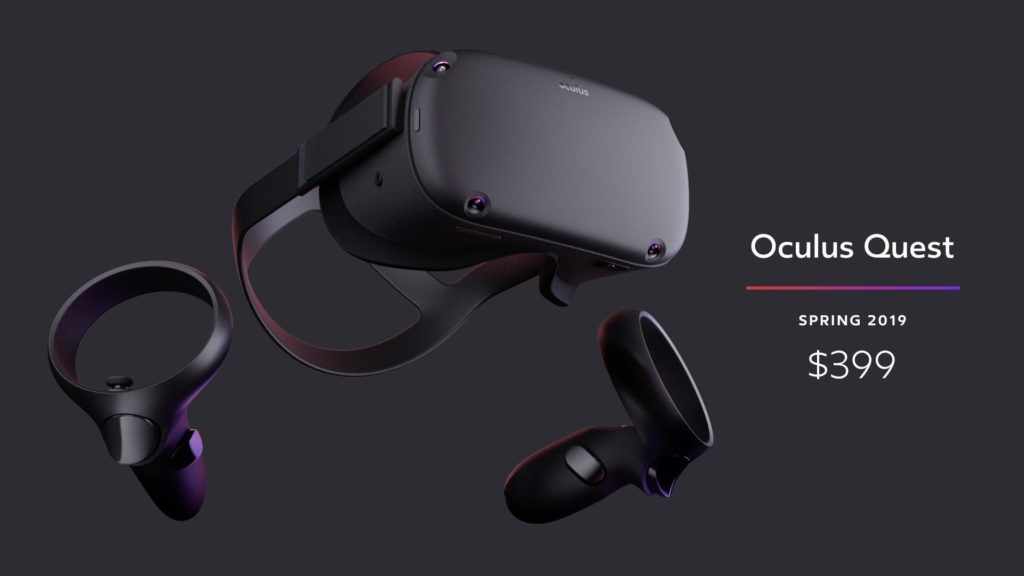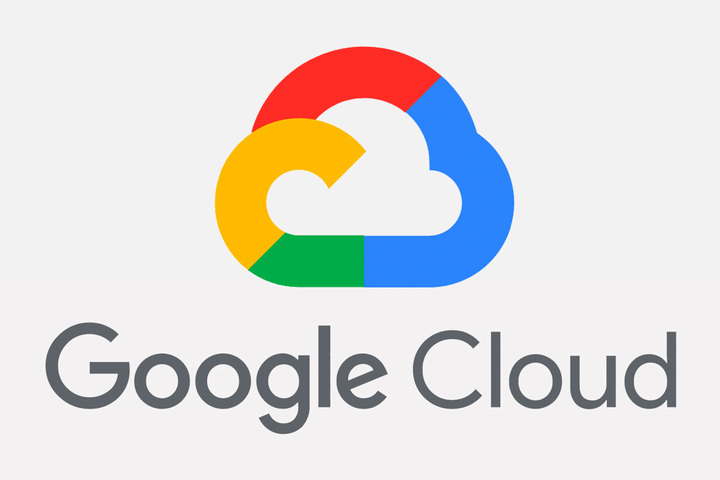What the hell is a Spatial Room? You’ve just made that up Leyland. True but I think every Digital Workplace/Modern Office will need at least one from next year – ideally more than one in different locations with the same (or similar) dimensions.
Spatial Computing is the umbrella term that relates to Virtual/Mixed and Augmented Reality. It’s fair to say that most of the tech industry believes Spatial Computing will have a significant impact on consumers and the enterprise even though we haven’t quite worked out who, what and when but for now just follow the money; Google, Microsoft, Apple, Facebook and venture capitalist are pouring billions into the technology.
There are already good stories for the use of Virtual Reality in training – see the Walmart example here. The recent announcement of the US Military to enter in to large scale pilots with the Hololens is another example of large scale investment in Augmented Reality in the workplace.
During the Q1 2019 Oculus (owned by Facebook) will release Oculus Quest and in H1 2019 Microsoft will release Hololens v2. Oculus Quest will provide a full 360 virtual reality device where users can walk around and experience a different reality without wires. The Hololens v2 will be lighter, have an improved field of view and of course will also not require wires.

Let’s think about the use of these devices in a modern office. Where could people use these devices? Almost certainly not in an open office and not in a typical meeting room. The typical meeting rooms have, tables, chairs, plenty of glass walls and a TV/Video screen. All of which are redundant using a virtual or mixed reality device. In fact most of these elements are the exact opposite of what is needed from a Spatial Room.

You need to find a room which allows someone to walk around without the fear of walking in to a chair or table. The walls need to be relatively dark/solid so you can easily attach holograms to the wall and you don’t really need a TV/video screen or audio as the devices themselves have these capabilities built in.
I can just see you going to ask your AV specialist and Facilities teams for this. Can I have a dark fairly large room within nothing in please? This will I’d imagine be met with one part horror and two parts mockery but mark my words they will become increasingly requested. The good news is that these rooms are likely to be in a basement somewhere and are the definition of multi-use. Each time someone walks into the basic room they can be transported any where they wish or dress it with whatever holograms they require.
I’d highly recommend finding someone outside of IT to pair up with to help generate the case for the room. The last thing you want to do in IT is ‘build it and they will come’, I guarantee there is somebody already in the non IT part of your business thinking about virtual and mixed reality. Find them and help each other.






